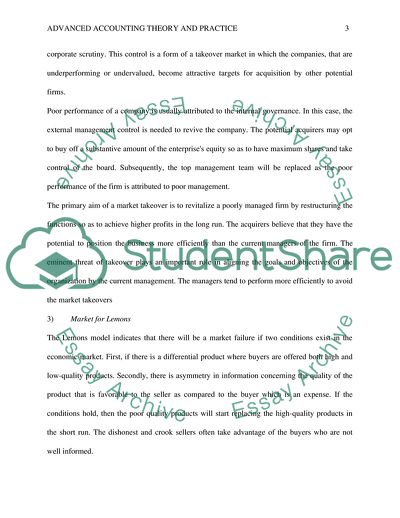Cite this document
(Advanced accounting theory and practice-The regulation of financial Coursework, n.d.)
Advanced accounting theory and practice-The regulation of financial Coursework. https://studentshare.org/finance-accounting/1855784-advanced-accounting-theory-and-practice-the-regulation-of-financial-accounting
Advanced accounting theory and practice-The regulation of financial Coursework. https://studentshare.org/finance-accounting/1855784-advanced-accounting-theory-and-practice-the-regulation-of-financial-accounting
(Advanced Accounting Theory and Practice-The Regulation of Financial Coursework)
Advanced Accounting Theory and Practice-The Regulation of Financial Coursework. https://studentshare.org/finance-accounting/1855784-advanced-accounting-theory-and-practice-the-regulation-of-financial-accounting.
Advanced Accounting Theory and Practice-The Regulation of Financial Coursework. https://studentshare.org/finance-accounting/1855784-advanced-accounting-theory-and-practice-the-regulation-of-financial-accounting.
“Advanced Accounting Theory and Practice-The Regulation of Financial Coursework”. https://studentshare.org/finance-accounting/1855784-advanced-accounting-theory-and-practice-the-regulation-of-financial-accounting.


